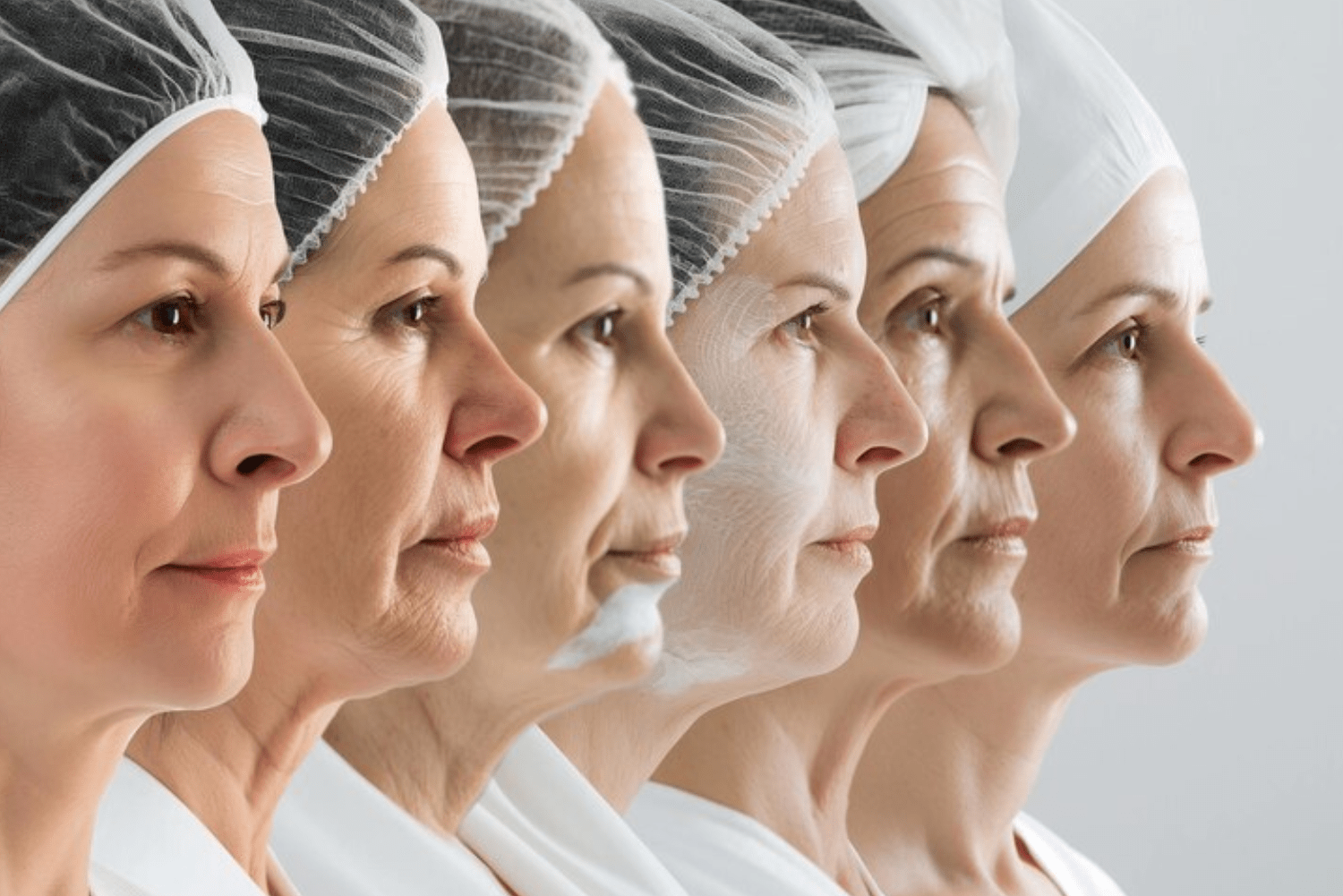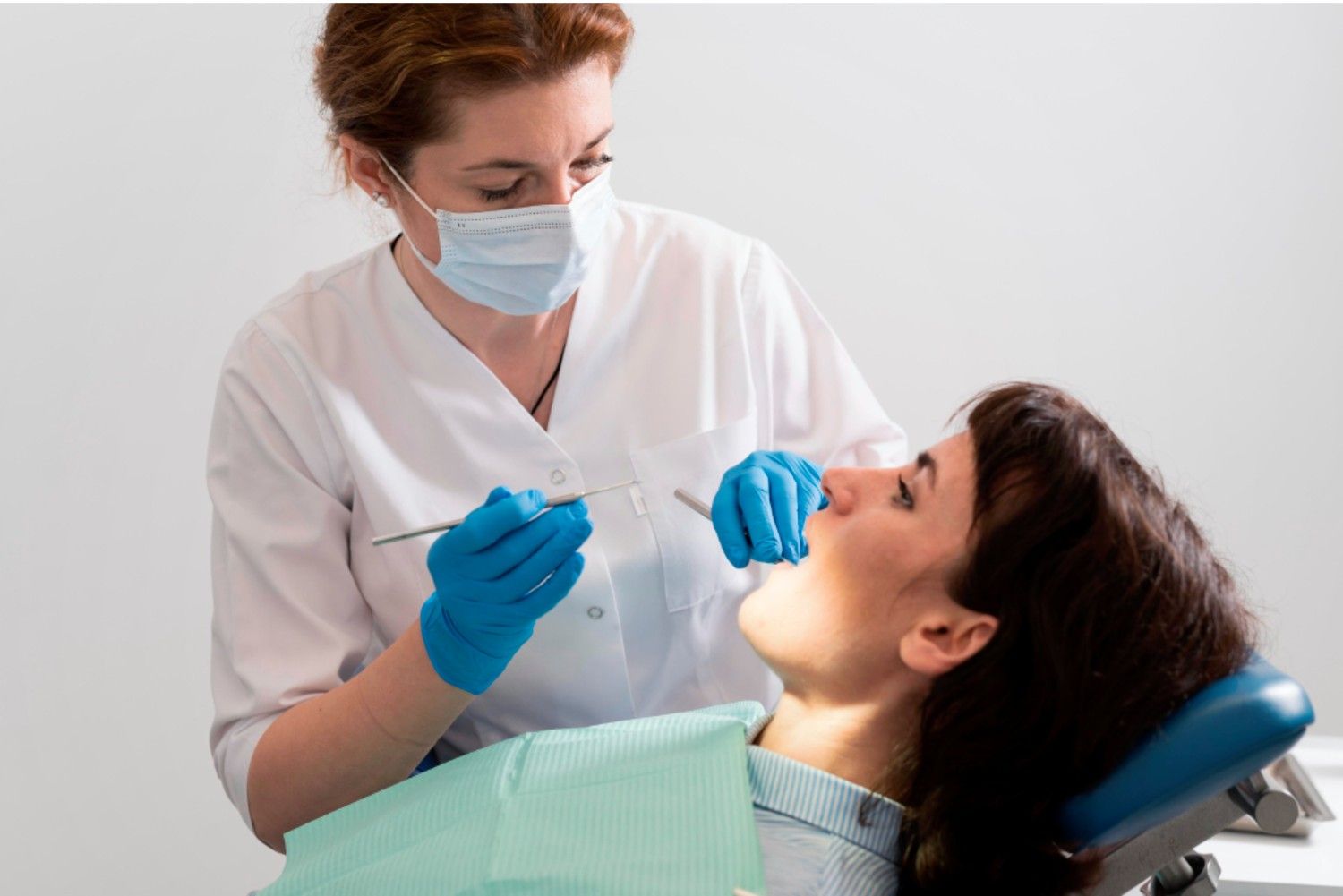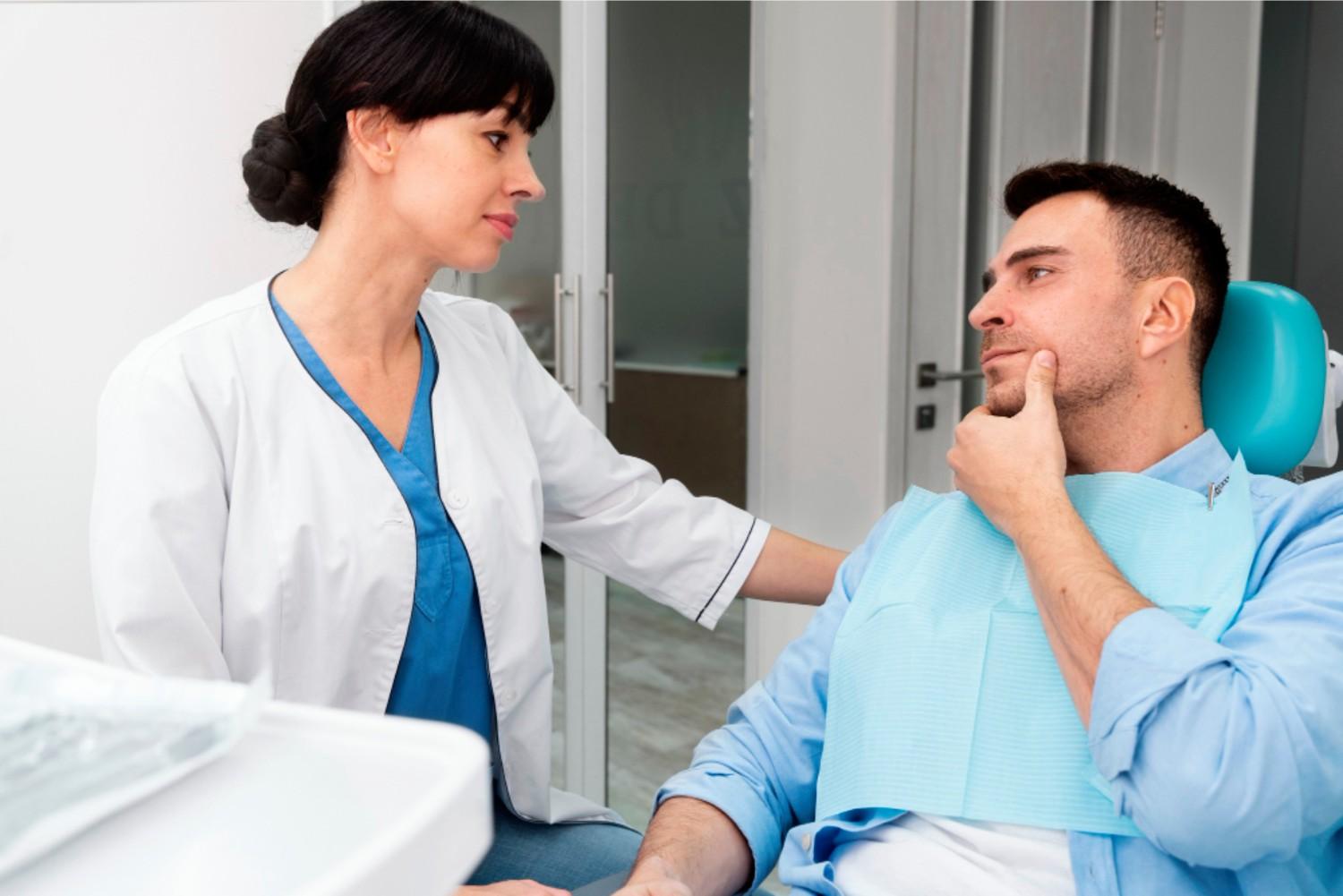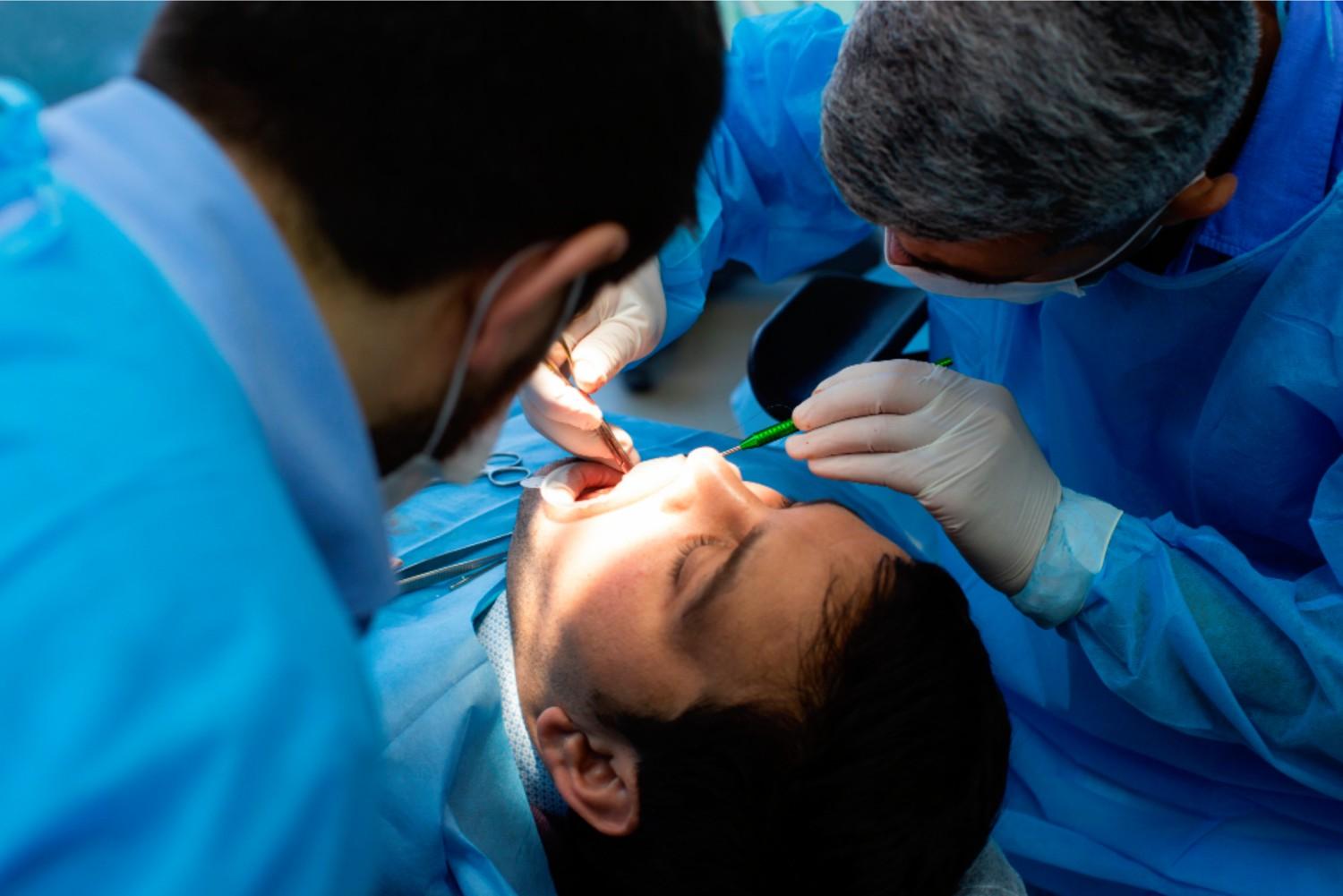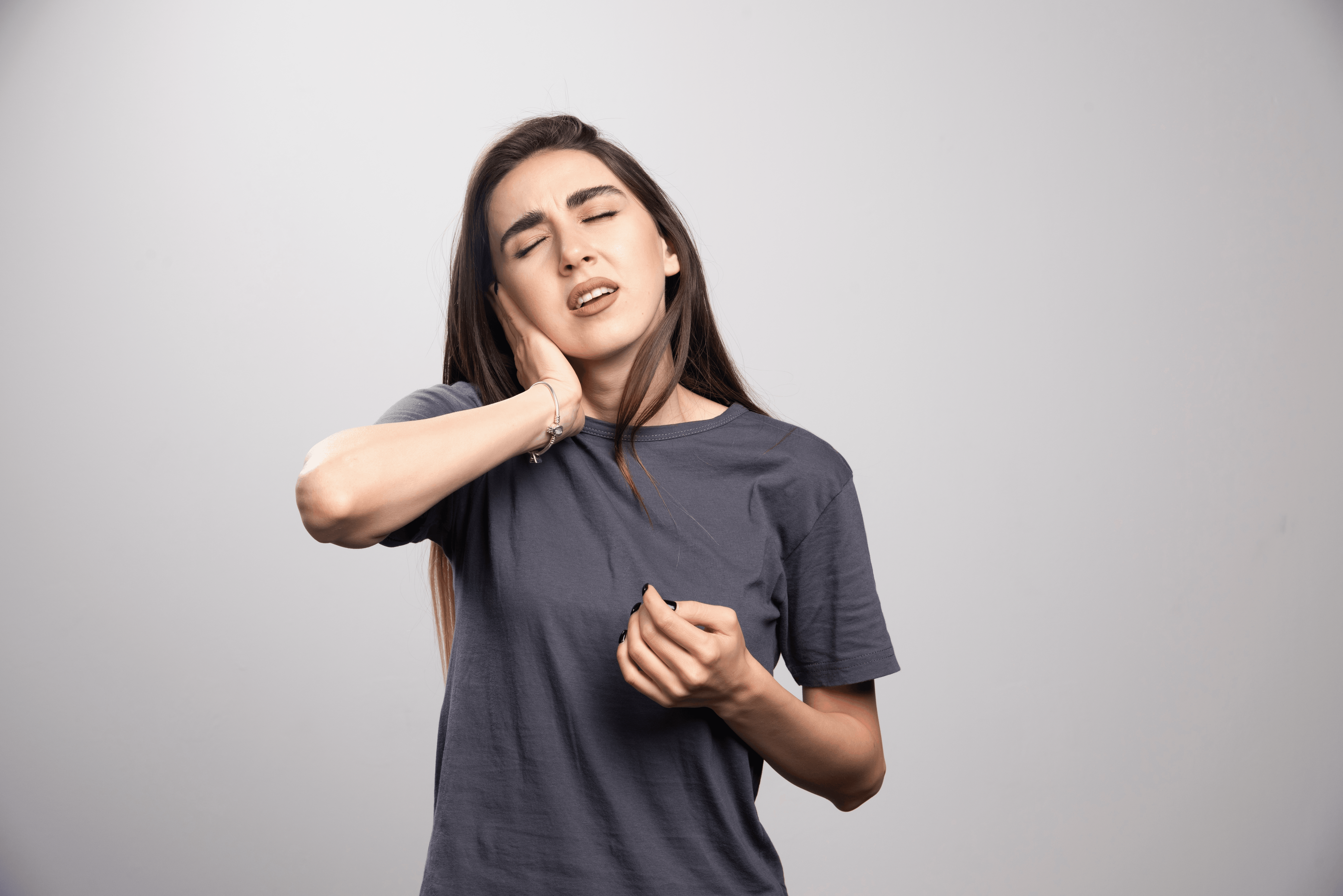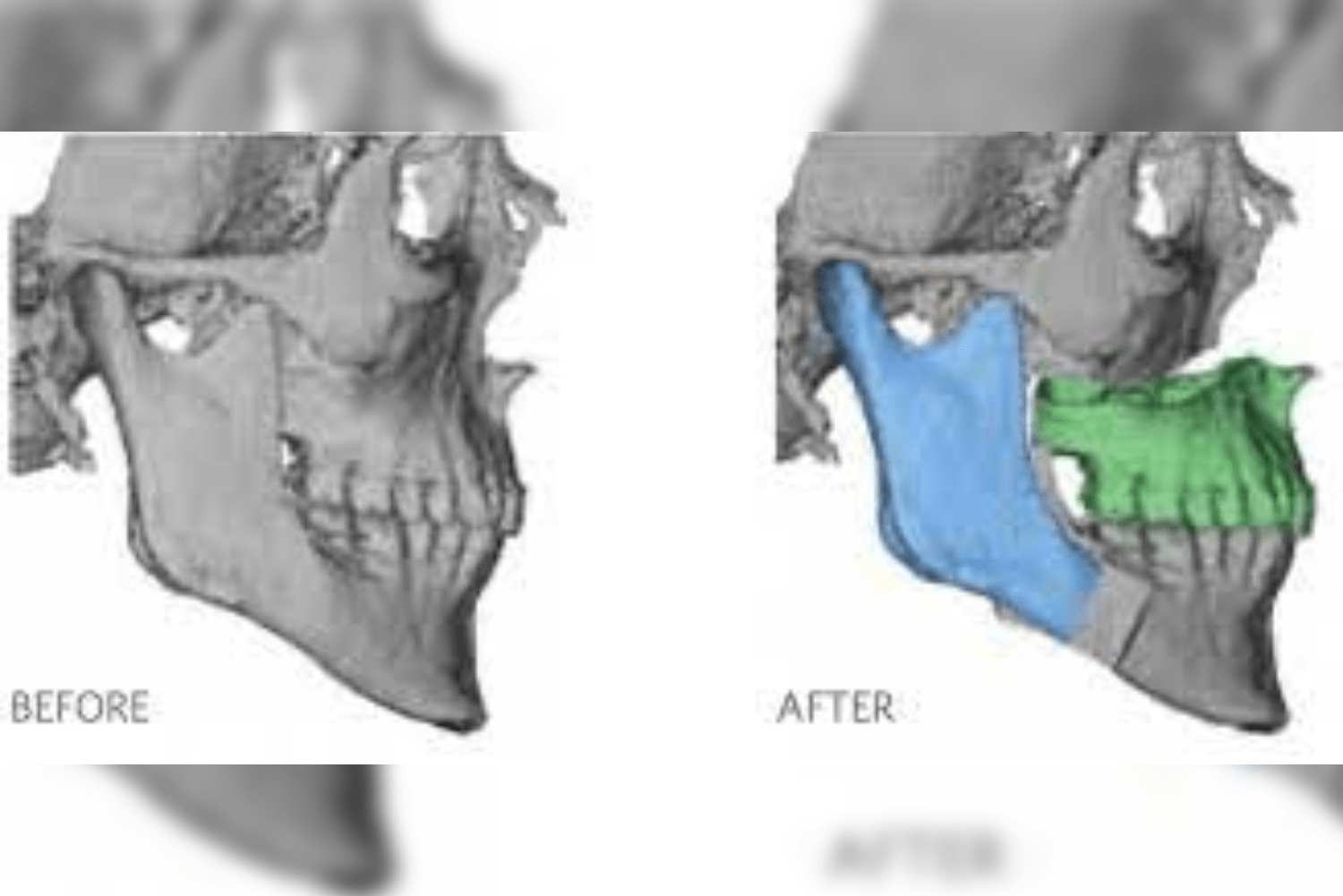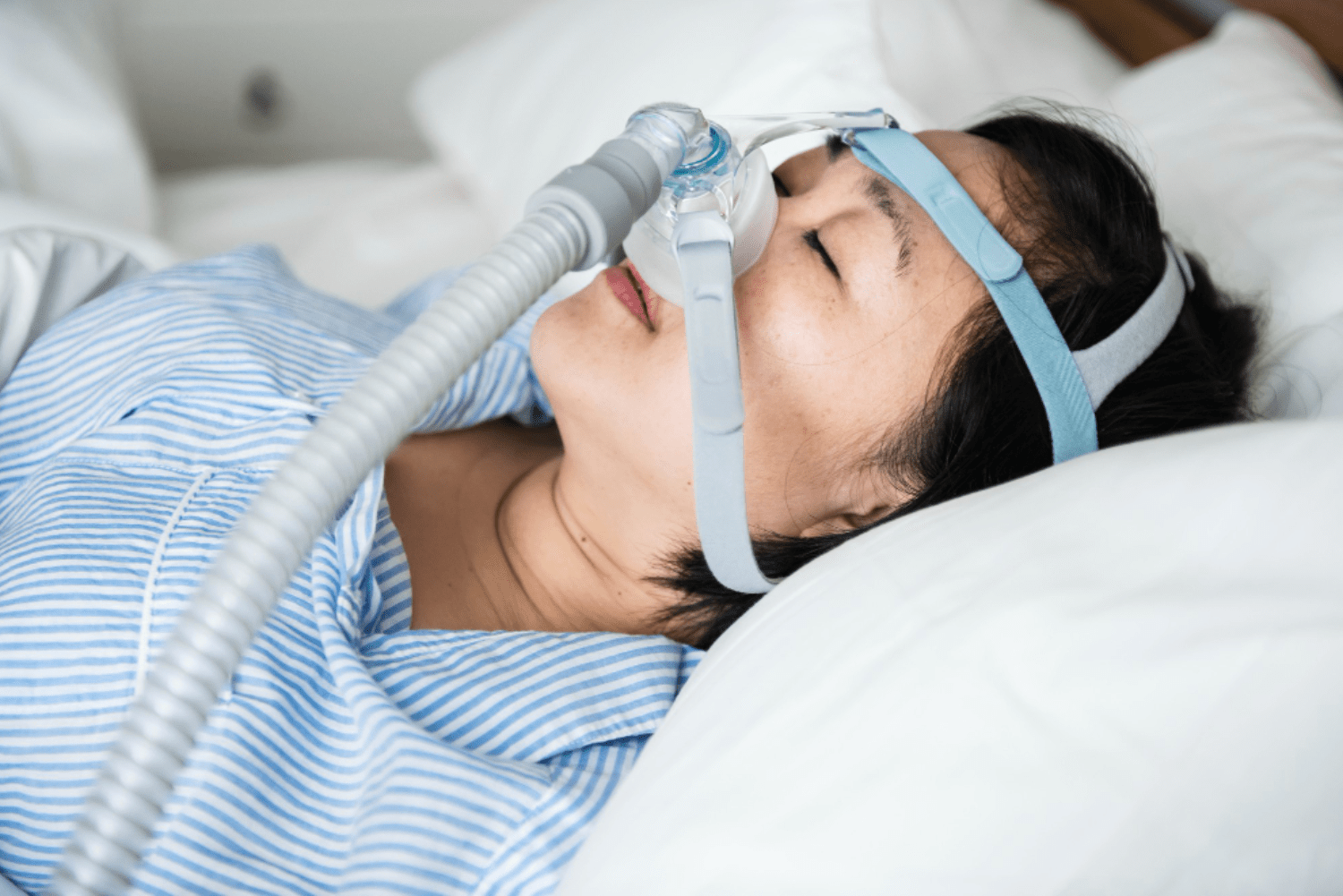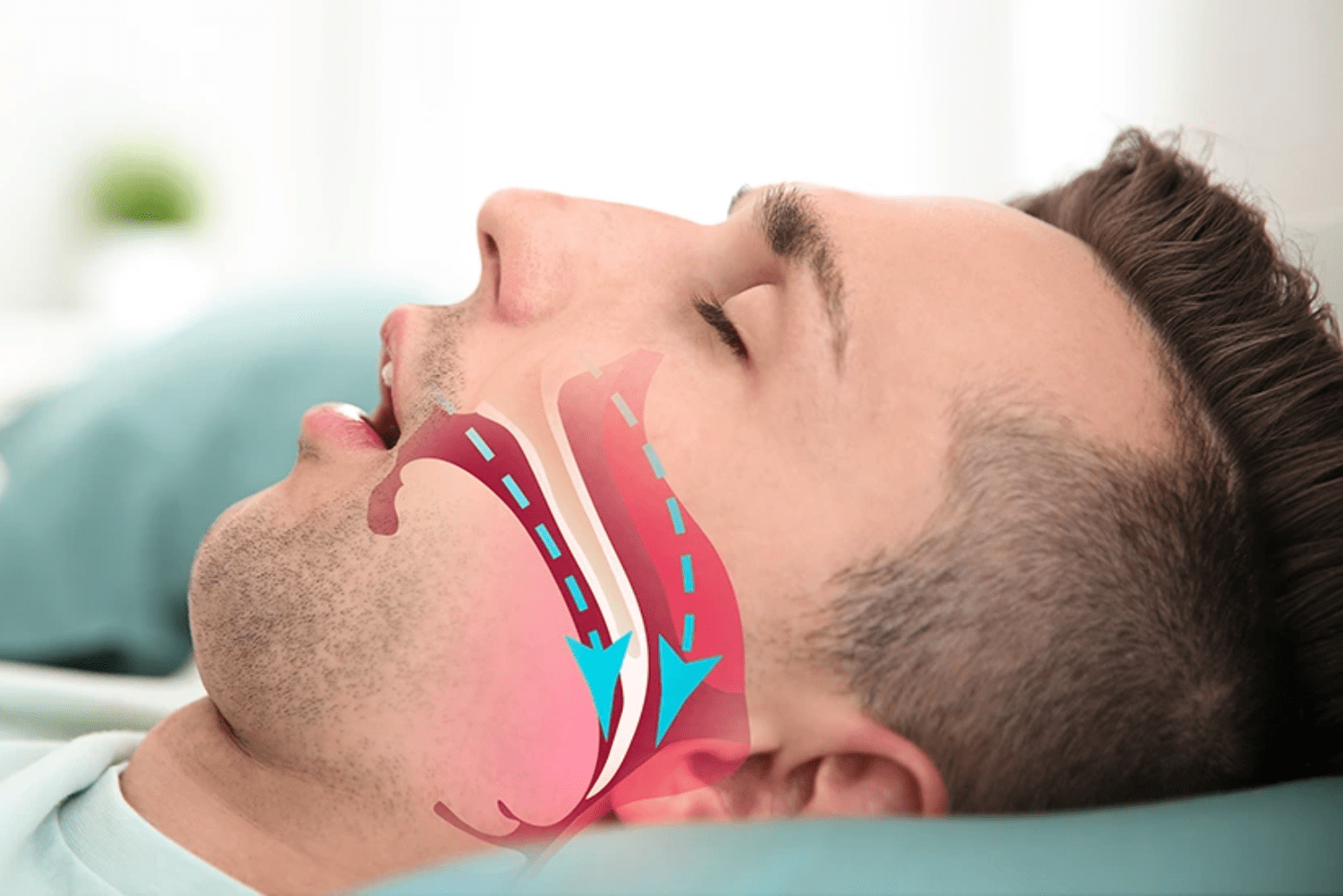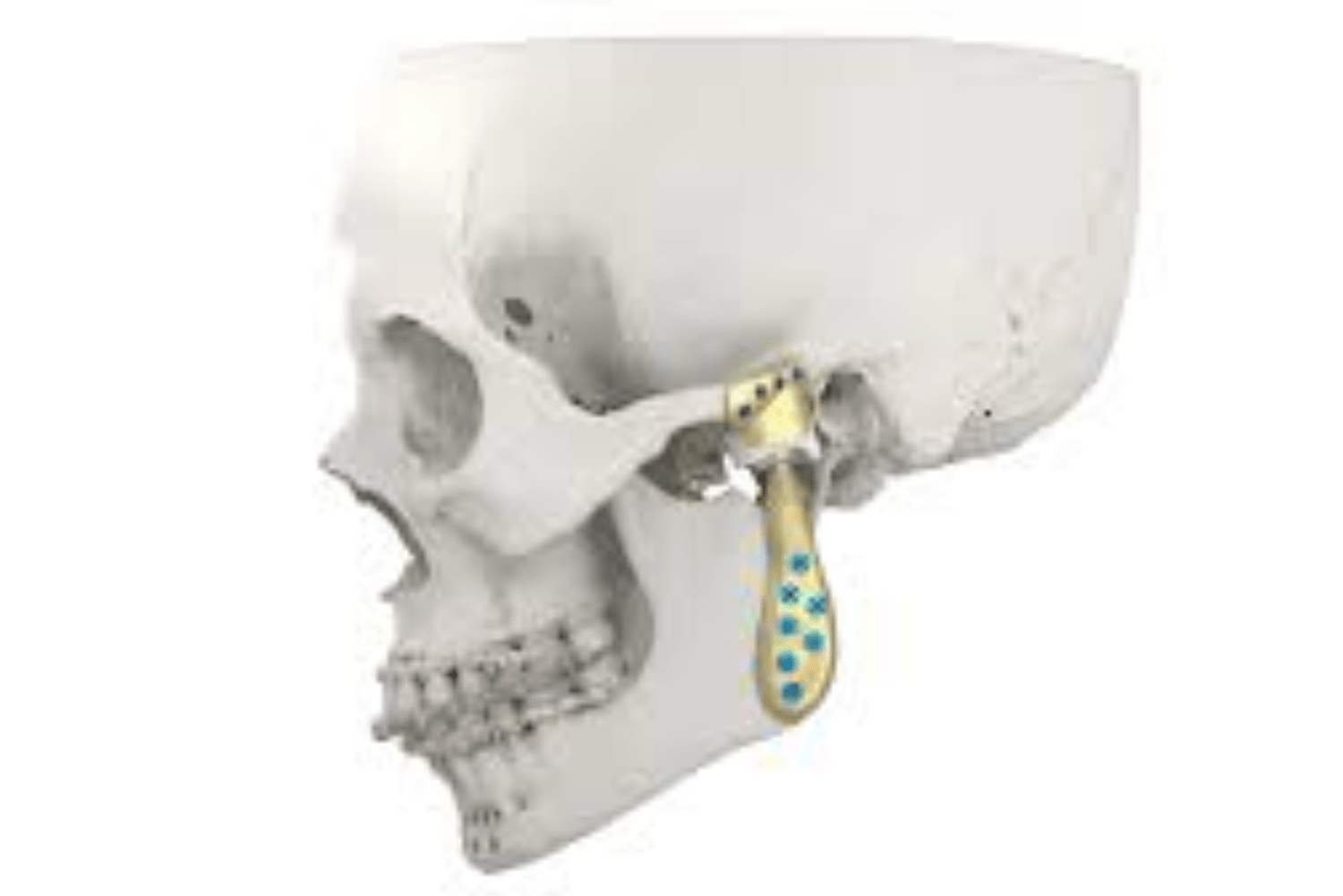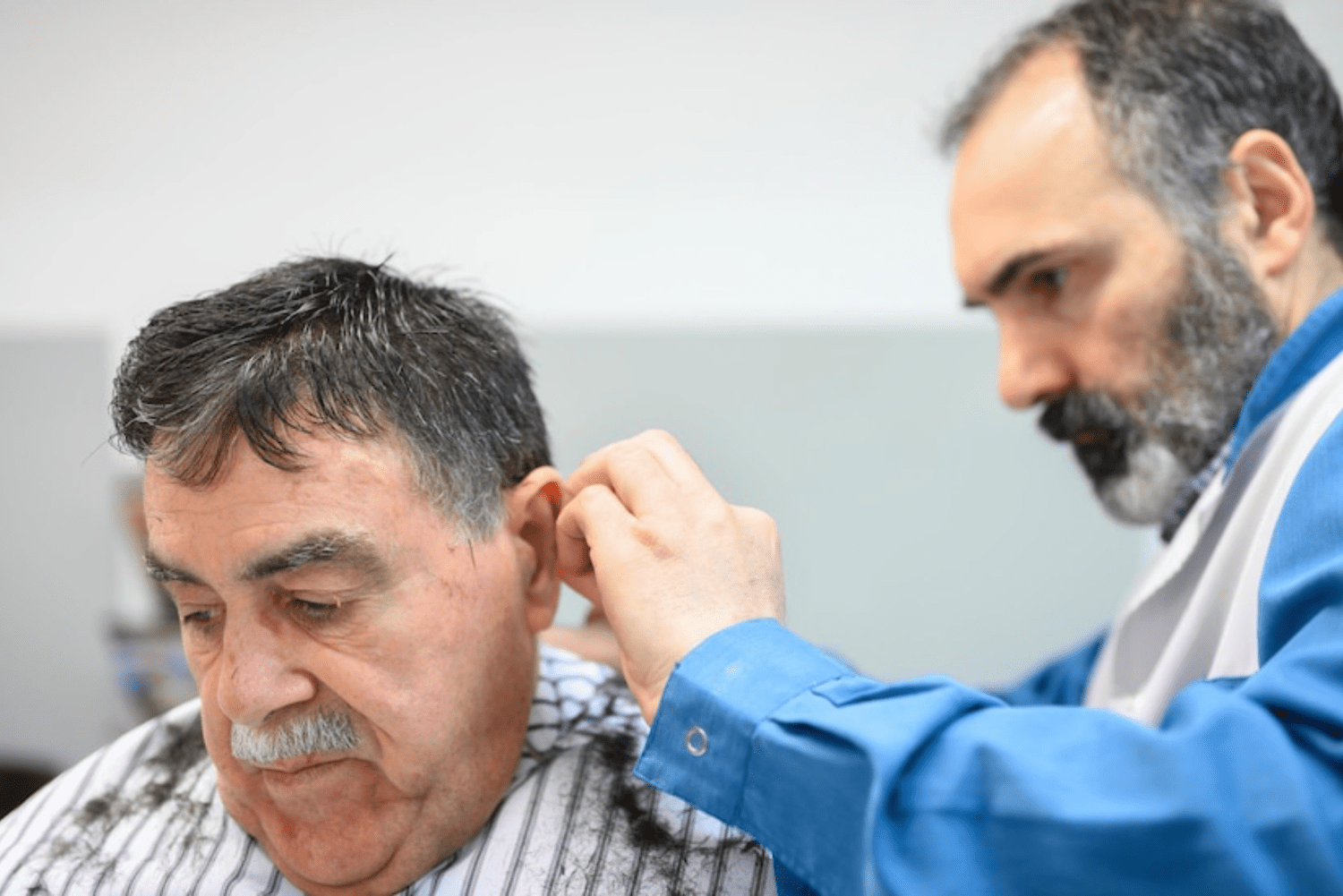Here Are The Top 5 Anti-Aging Treatments.
1)Botox
2) Skin Boosters
3)Fractional Lasers
4)Threads
5)Exosomes
What is Botox?
Botox is a neuromodulator protein used to relax muscle activity and reduce the appearance of wrinkles. It is an FDA-approved cosmetic injectable treatment designed to smooth moderate to severe fine lines and wrinkles on the forehead, crow’s feet, and neck bands. Additionally, Botox is widely recognized as one of the most effective anti-aging treatments, helping to maintain a youthful and refreshed appearance.
What Does Botox Do?
Botox helps improve appearance by relaxing muscles that cause wrinkles. It is also used for medical conditions such as migraine, hyperhidrosis (excessive sweating), and overactive bladder.
To maintain results, Botox treatments are typically needed every 4 to 6 months. Multiple areas can be treated in a single session based on the patient’s requirements.
Is Botox Safe?
Patients often ask whether Botox is safe or if there are any side effects. The answer is yes, Botox is generally safe when used in lower doses and administered by a licensed healthcare professional. It is also a widely used option among anti-aging treatments for reducing wrinkles and fine lines.
However, before getting Botox, it is essential to inform your doctor about your general health condition, ongoing medications, or other treatments to avoid potential complications.
-
If you are on blood thinners, there may be an increased risk of bruising and bleeding.
-
If you consume alcohol, you may experience more pain and bruising. It is advised to avoid drinking alcohol for at least 48 hours before the procedure.
How Botox Works (Mechanism)
Botox blocks chemical signals to nerves, preventing muscle contractions. This relaxes the muscles and reduces the appearance of wrinkles.
Possible Side Effects
-
Pain, swelling, or bruising at the injection site
-
Headache or flu-like symptoms
-
Droopy eyelid or crooked smile
Post-Treatment Care
- Stay upright for at least 3–4 hours after the procedure.
- Do not rub or itch the injection sites for at least 24 hours to prevent the Botox from spreading.
- Avoid facial massages for 3–4 days.
- No gym or intense exercise after the procedure.
Skin Boosters: A Hydrating Skin Treatment
What Are Skin Boosters?
Skin boosters are injectable anti-aging treatments that deliver hyaluronic acid into the skin. This minimally invasive treatment improves skin quality, texture, fine lines, and hydration, making it ideal for dry and crepey skin.
Where Can Skin Boosters Be Used?
They can be applied to the:
✔ Face
✔ Neck bands
✔ Hands
✔ Other body areas needing hydration
How Do Skin Boosters Work?
-
Stimulate collagen & elastin production to reduce fine lines, wrinkles, and dryness.
-
Deeply hydrate the skin, making it look smoother, plumper, and radiant.
-
Provide a refreshed complexion without altering your facial features.
How are boosters different from dermal fillers?
Skin boosters are much thinner in consistency, and their concentration is also lesser than dermal fillers. These boosters are softer & less viscous. So, due to these qualities, we inject them superficially as a mesotherapy technique. Dermal fillers are thicker in consistency, like clay, so we inject them to sculpt the facial features.
Skin boosters are either non-crosslinked or are minimally cross-linked; that’s why they are much thinner than dermal fillers. These qualities allow them to be injected superficially, making them one of the effective anti-aging treatments for skin hydration and rejuvenation.
Post procedure of anti-aging treatments
Immediately after anti-aging treatments, the patient may not see much of a result, but over the weeks, they will notice their skin becoming more hydrated. Due to its regenerative properties, skin boosters offer the next level of appeal for those who are losing collagen rapidly.
Risk & Side Effects of Skin Boosters:
-
Redness
-
Swelling
-
Pinpoint bruising
-
Welt-like spots
These side effects are minimal and will subside within 24-48 hours.
Fraction Co2 laser resurfacing
Carbon Dioxide (CO2) Laser for Skin Resurfacing
How It Works:
Carbon dioxide laser uses targeted beams of light to remove the superficial layer of skin. These beams penetrate the skin’s surface, where water in the skin cells absorbs them.
Fractional Laser Mechanism:
Fractional laser creates micro-columns of thermal injury in the skin while leaving the surrounding tissue intact. This stimulates the skin’s natural healing process, promoting collagen production and skin regeneration.
Indications:
Fractional laser is used for:
-
Treatment of photoaging and rhytids (wrinkles). Photoaged skin has irregular color and texture.
-
Scarring treatment, stimulating collagen production.
-
Reducing the prominence of scar pigmentation.
-
Treating premalignant lesions, actinic damage, and keloids.
Contraindications:
-
Presence of active acne lesions may increase the risk of infection.
-
Open wounds or active infections, particularly from the herpes simplex virus.
Types of Laser Resurfacing:
1. Ablative Laser:
Includes CO2 lasers, erbium lasers, and combination systems. As the wound heals and the skin regrows, the treated area becomes smoother and tighter. This anti-aging treatments uses heat energy to destroy outer skin layers while heating the underlying skin, stimulating collagen production to improve skin texture and firmness.
2. Non-Ablative Laser (or Light Source):
This method also stimulates collagen growth but is less aggressive than ablative lasers.
Both ablative and non-ablative procedures can be performed using fractional laser technology, making it an effective anti-aging treatments for skin rejuvenation and texture improvement.
Risks:
-
Inflammation, swelling, itching, and painful skin
-
Acne, redness, and blisters
-
Infection
-
Changes in skin color
-
Scarring or Post-Inflammatory Hyperpigmentation (PIH)
Thread Lift: A Non-Surgical Skin-Tightening Solution
Thread lift is a non-invasive cosmetic procedure that uses medical-grade sutures to lift and tighten sagging skin while stimulating collagen production. It is a quick, safe, and effective alternative to facelift surgery with minimal recovery time, making it a popular choice for anti-aging treatments.
Key Benefits of Thread Lift:
- It boosts collagen production and improves skin elasticity naturally.
- Minimally painful with local anesthesia for a comfortable experience.
- Quick procedure completed in 1-2 hours, allowing you to resume daily activities immediately.
- Minimal downtime with mild swelling or bruising that subsides within a week.
Side Effects of Thread Lifts:
- Allergic reactions
- Mild bleeding or bruising
- Infections (rare but possible)
- Temporary lumpiness or pulling sensation
Post-Procedure Care:
- Apply ice packs 2-3 times a day to reduce swelling.
- Wash your face with cold water only.
- Use antibiotic ointment for 3-4 days to prevent infections.
- Avoid strenuous activities like exercise or gym for at least a week.
- Take prescribed antibiotics and painkillers as directed by your doctor.
Exosome Therapy: The Future of Skin & Hair Regeneration
Exosome therapy is an advanced regenerative treatment in facial aesthetics, also known as exosome stem cell therapy. It works on cell-to-cell communication, transferring peptides, proteins, lipids, and nucleic acids (such as mRNA) to promote healing and tissue regeneration, making it a cutting-edge option for anti-aging treatments.
Benefits of Exosome Therapy:
- Stimulates collagen production for skin rejuvenation.
- Reduces inflammation and promotes tissue remodeling.
- Supports hair growth by enhancing cellular activity in hair follicles.
- Aids in orthopedic treatments like osteoarthritis and tendon repair.
- Used in post-surgical care to accelerate healing.
Sources of Exosomes:
- Adipose-derived mesenchymal stem cells
- Amniotic fluid-derived stem cells
- Bone marrow-derived mesenchymal stem cells
- Umbilical cord-derived mesenchymal stem cells
- Plant stem cell-derived exosomes
Advantages of Exosome Therapy:
✔ Minimally invasive and easy to apply
✔ Chemical-free and biocompatible
✔ Boosts skin healing, reduces scars and marks
✔ No live cells or DNA, making it safe and effective
✔ Rich in growth factors, cytokines & peptides
Possible Risks of Exosome Therapy:
- Mild redness or swelling at the injection site.
- Potential allergic reactions (rare but possible)
Exosome therapy is revolutionizing anti-aging treatments and medical aesthetics, offering a natural, safe, and highly effective solution for skin, hair, and tissue regeneration.

